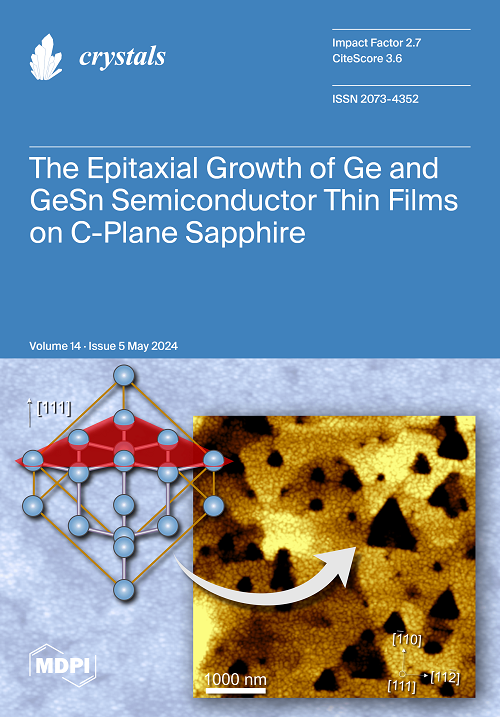通过激光粉末床熔融技术提高 Ti-6Al-4V 合金超高循环疲劳性能的研究观点
IF 2.4
4区 材料科学
Q2 CRYSTALLOGRAPHY
引用次数: 0
摘要
快速成型制造(AM)或三维打印是一种前景广阔的工业技术,可实现复杂结构的快速原型制造。粉末床熔融(PBF)是最流行的金属材料 AM 技术之一。迄今为止,只有少数金属和合金可用于 AM,例如钛合金,其中最常见的是 Ti-6Al-4V 。在优化 PBF 参数后,无论是否进行热处理或热等静压等后处理,由于 AM 工艺的快速冷却,打印出的钛合金都能轻松达到 1100 兆帕以上的抗拉强度。然而,由于这种 AM 工艺引入的冶金缺陷和微观结构的独特性,其疲劳强度一直很低,通常不到拉伸强度的 30%,尤其是在超高循环情况下,即失效寿命超过 107 个循环。在此,根据我们小组对添加剂制造(AMed)Ti-6Al-4V合金的超高循环疲劳(VHCF)的研究,我们完善了孔隙率、冶金缺陷和AMed微结构的基本量,总结了限制其VHCF强度的主要因素,并提出了改善VHCF性能的可能方法。本文章由计算机程序翻译,如有差异,请以英文原文为准。
Research Viewpoint on Performance Enhancement for Very-High-Cycle Fatigue of Ti-6Al-4V Alloys via Laser-Based Powder Bed Fusion
Additive manufacturing (AM) or 3D printing is a promising industrial technology that enables rapid prototyping of complex configurations. Powder Bed Fusion (PBF) is one of the most popular AM techniques for metallic materials. Until today, only a few metals and alloys are available for AM, e.g., titanium alloys, the most common of which is Ti-6Al-4V. After optimization of PBF parameters, with or without post processing such as heat treatment or hot isostatic pressing, the printed titanium alloy can easily reach tensile strengths of over 1100 MPa due to the quick cooling of the AM process. However, attributed to the unique features of metallurgical defects and microstructure introduced by this AM process, their fatigue strength has been low, often less than 30% of the tensile strength, especially in very-high-cycle regimes, i.e., failure life beyond 107 cycles. Here, based on our group’s research on the very-high-cycle fatigue (VHCF) of additively manufactured (AMed) Ti-6Al-4V alloys, we have refined the basic quantities of porosity, metallurgical defects, and the AMed microstructure, summarized the main factors limiting their VHCF strengths, and suggested possible ways to improve VHCF performance.
求助全文
通过发布文献求助,成功后即可免费获取论文全文。
去求助
来源期刊

Crystals
CRYSTALLOGRAPHYMATERIALS SCIENCE, MULTIDIS-MATERIALS SCIENCE, MULTIDISCIPLINARY
CiteScore
4.20
自引率
11.10%
发文量
1527
审稿时长
16.12 days
期刊介绍:
Crystals (ISSN 2073-4352) is an open access journal that covers all aspects of crystalline material research. Crystals can act as a reference, and as a publication resource, to the community. It publishes reviews, regular research articles, and short communications. Our aim is to encourage scientists to publish their experimental and theoretical results in as much detail as possible. Therefore, there is no restriction on article length. Full experimental details must be provided to enable the results to be reproduced. Crystals provides a forum for the advancement of our understanding of the nucleation, growth, processing, and characterization of crystalline materials. Their mechanical, chemical, electronic, magnetic, and optical properties, and their diverse applications, are all considered to be of importance.
 求助内容:
求助内容: 应助结果提醒方式:
应助结果提醒方式:


